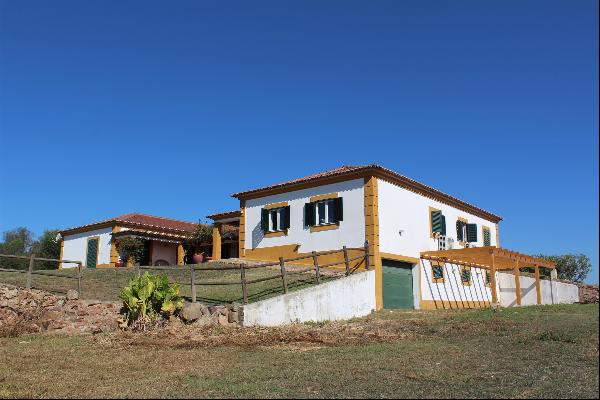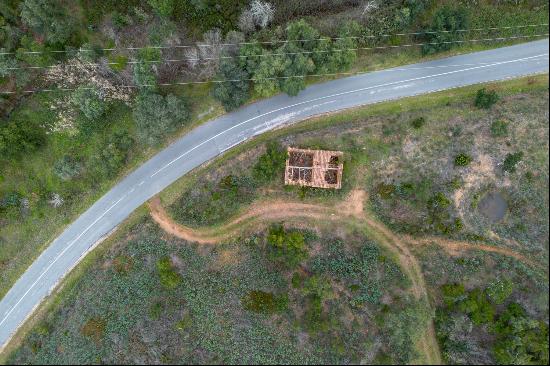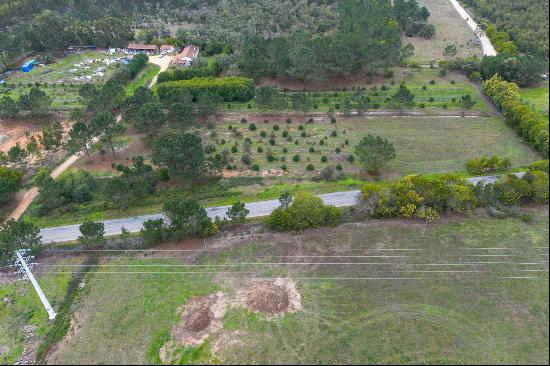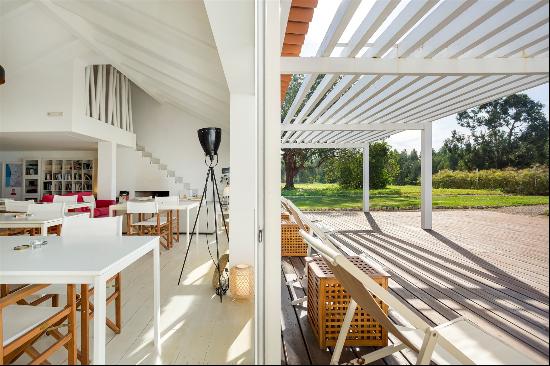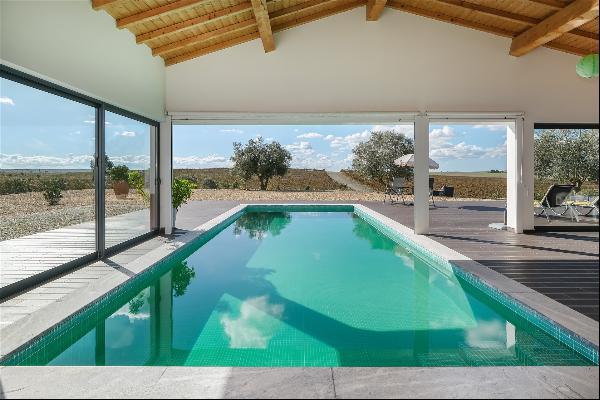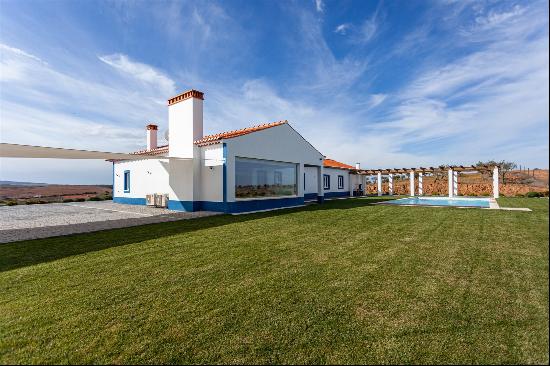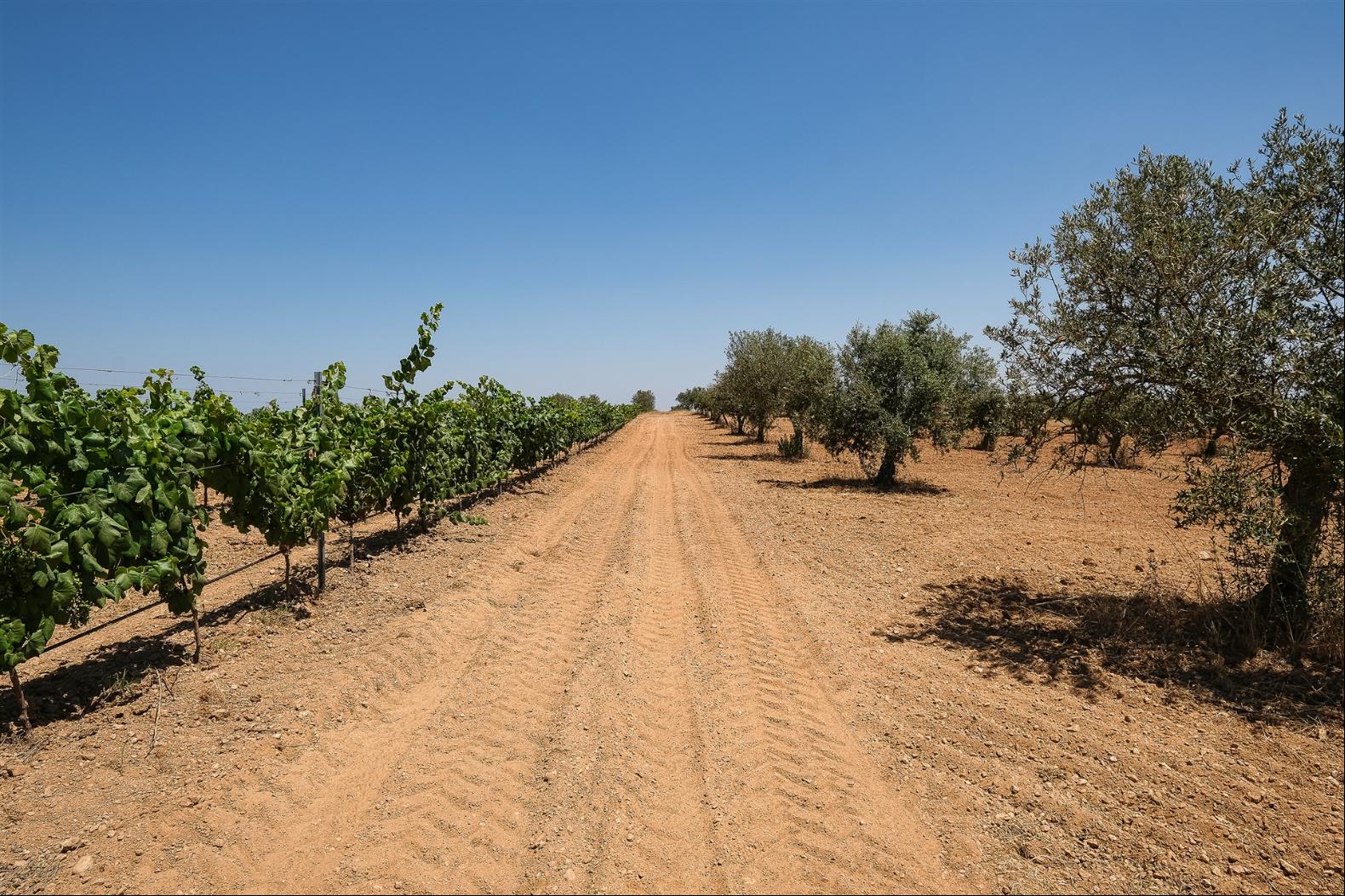

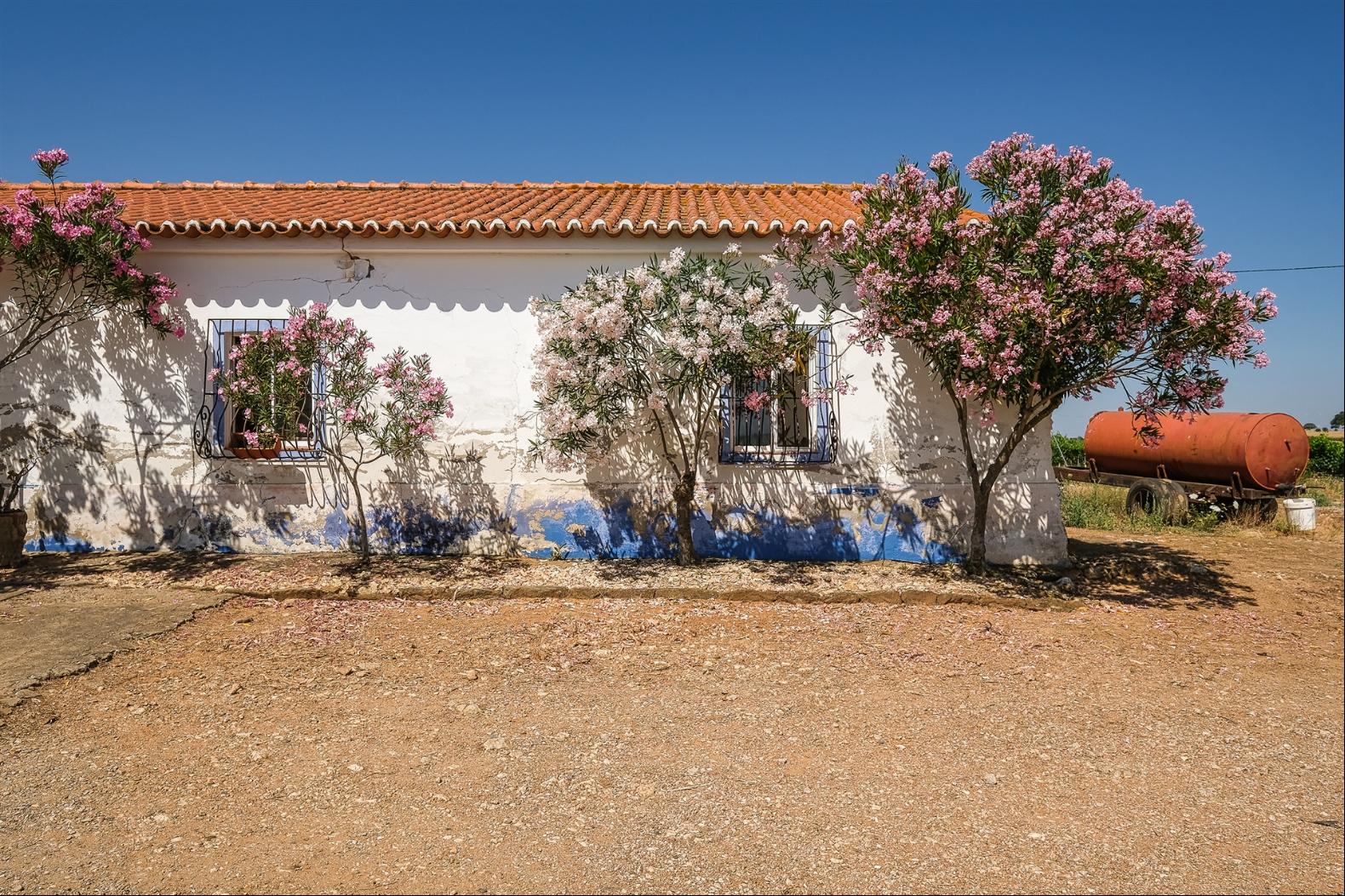

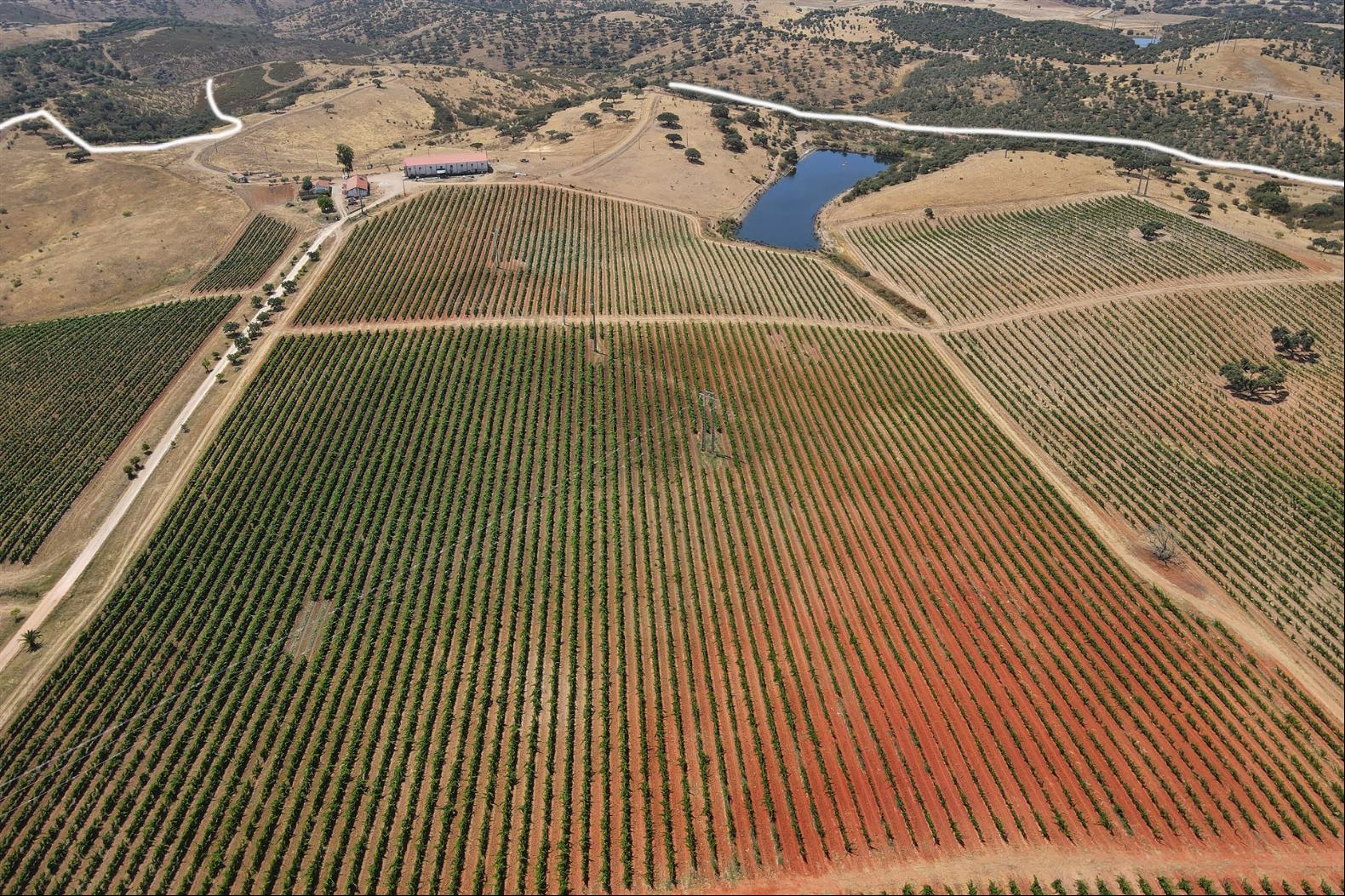

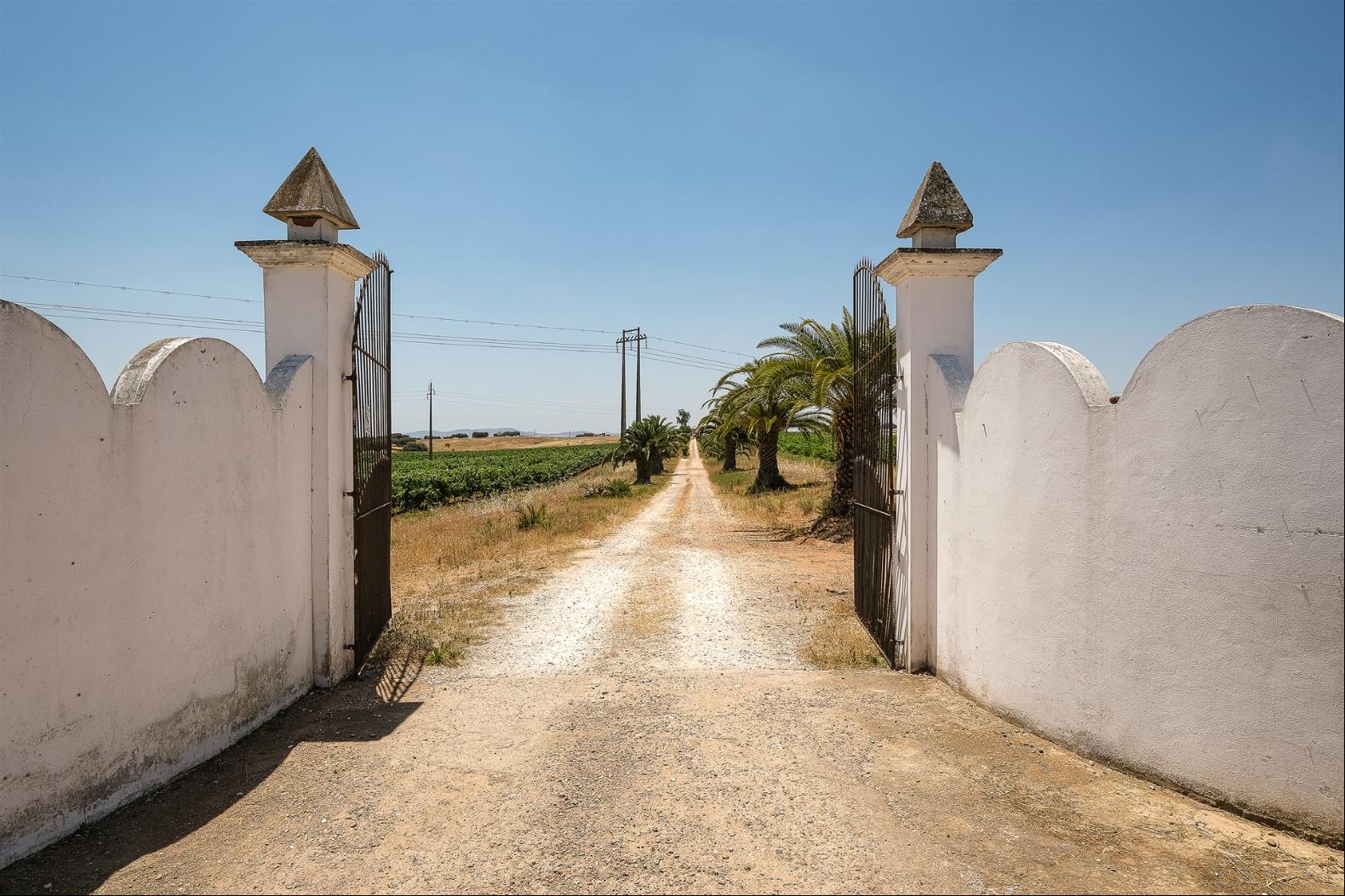
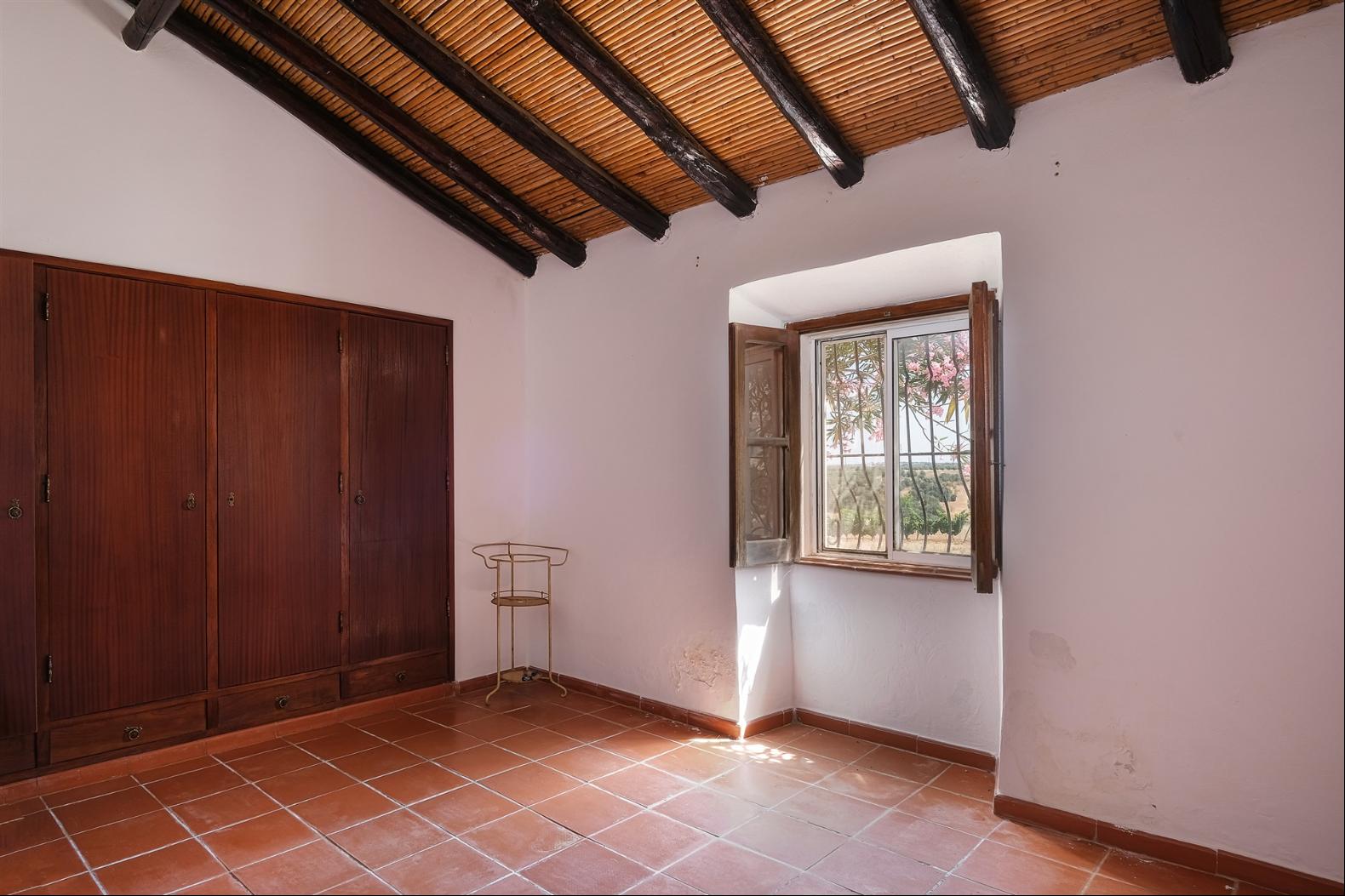
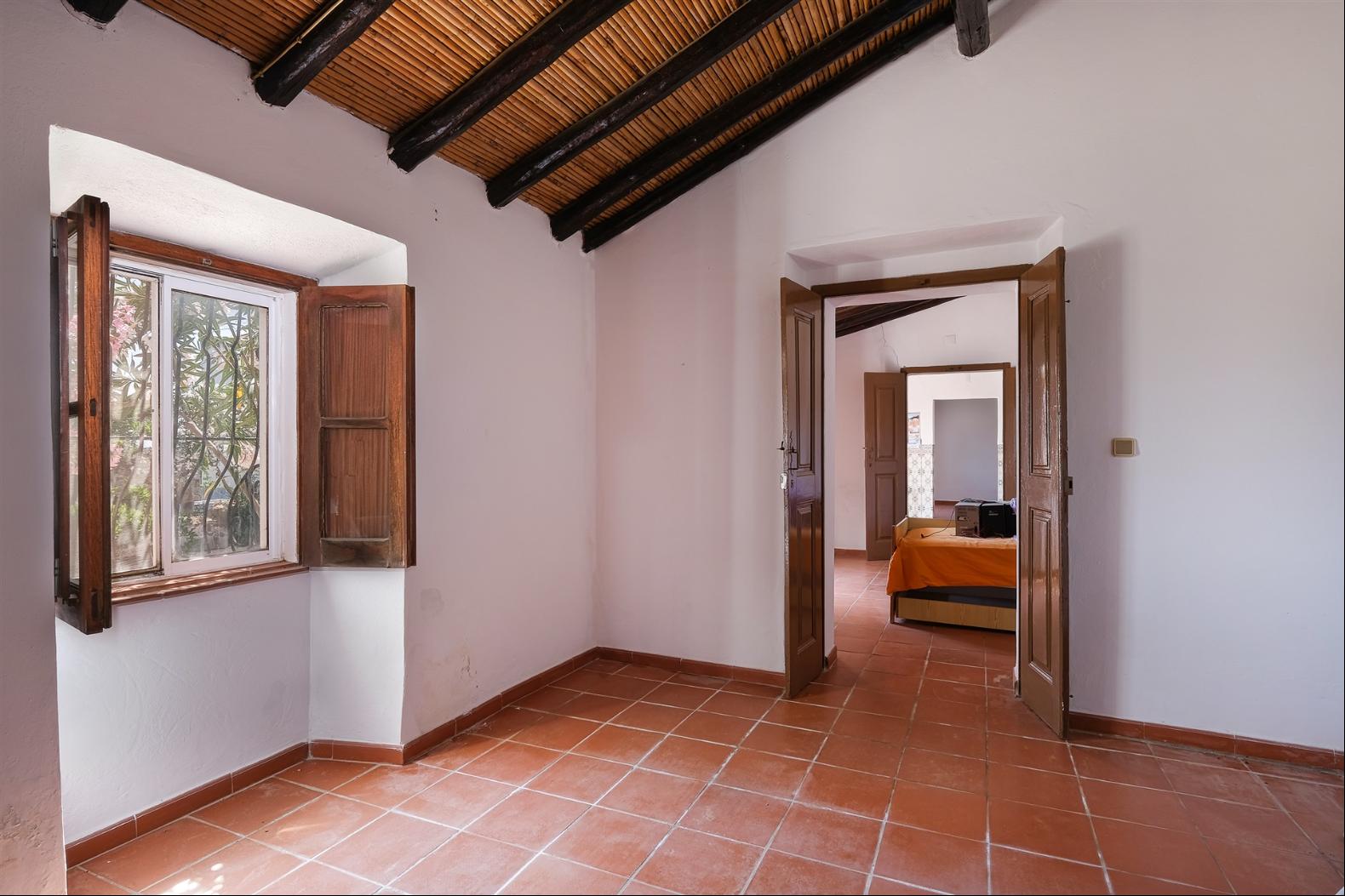
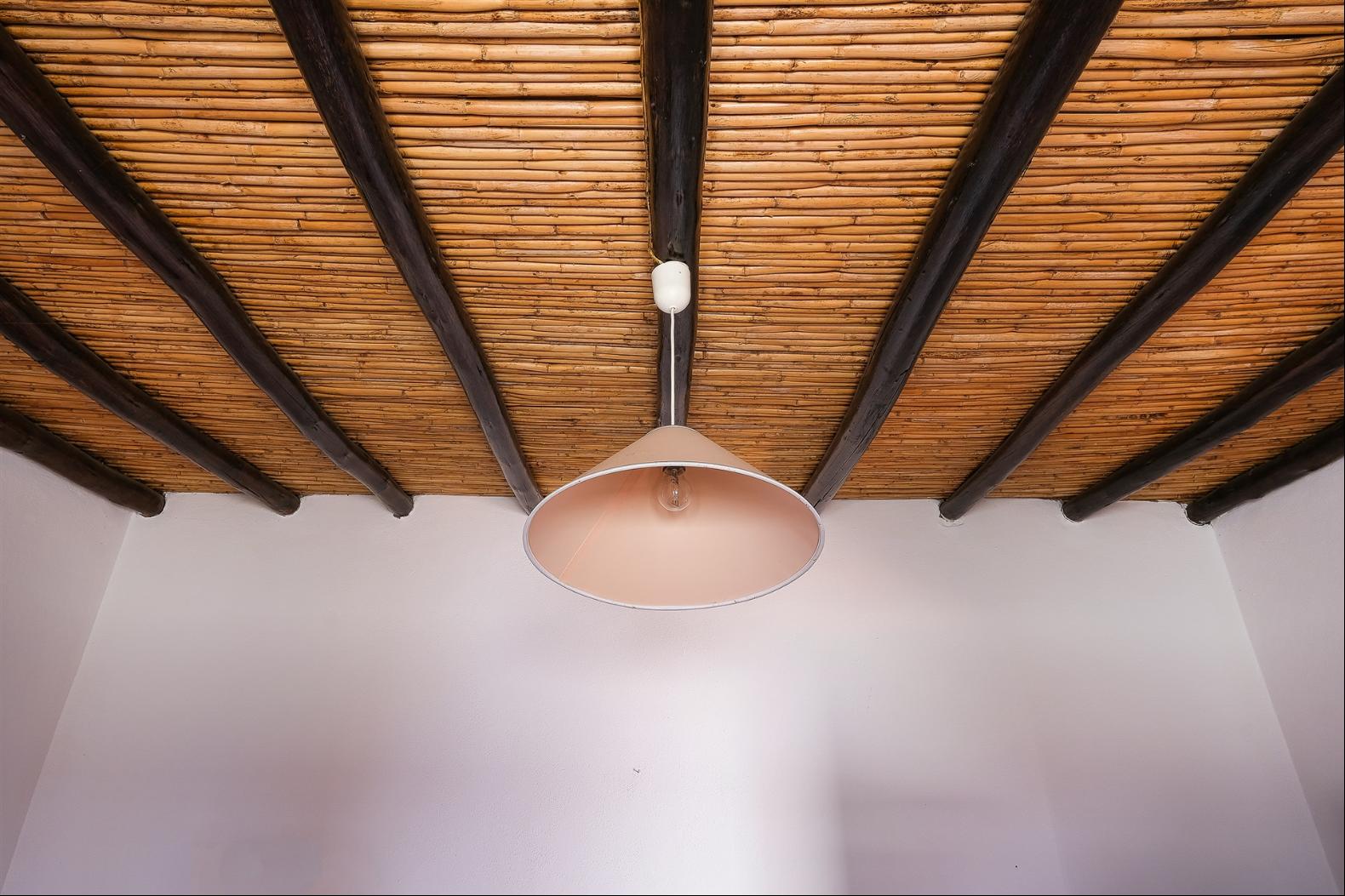
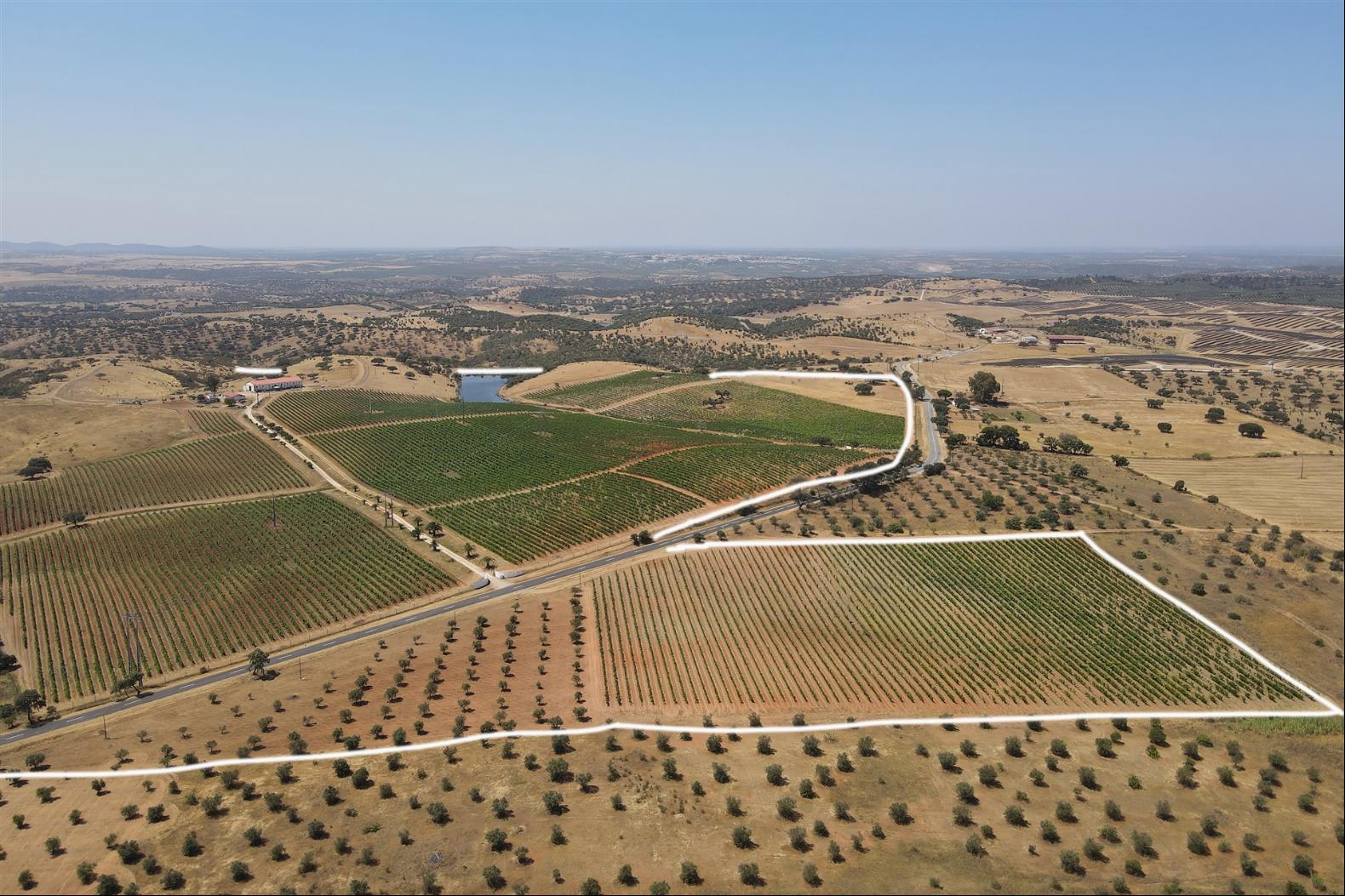


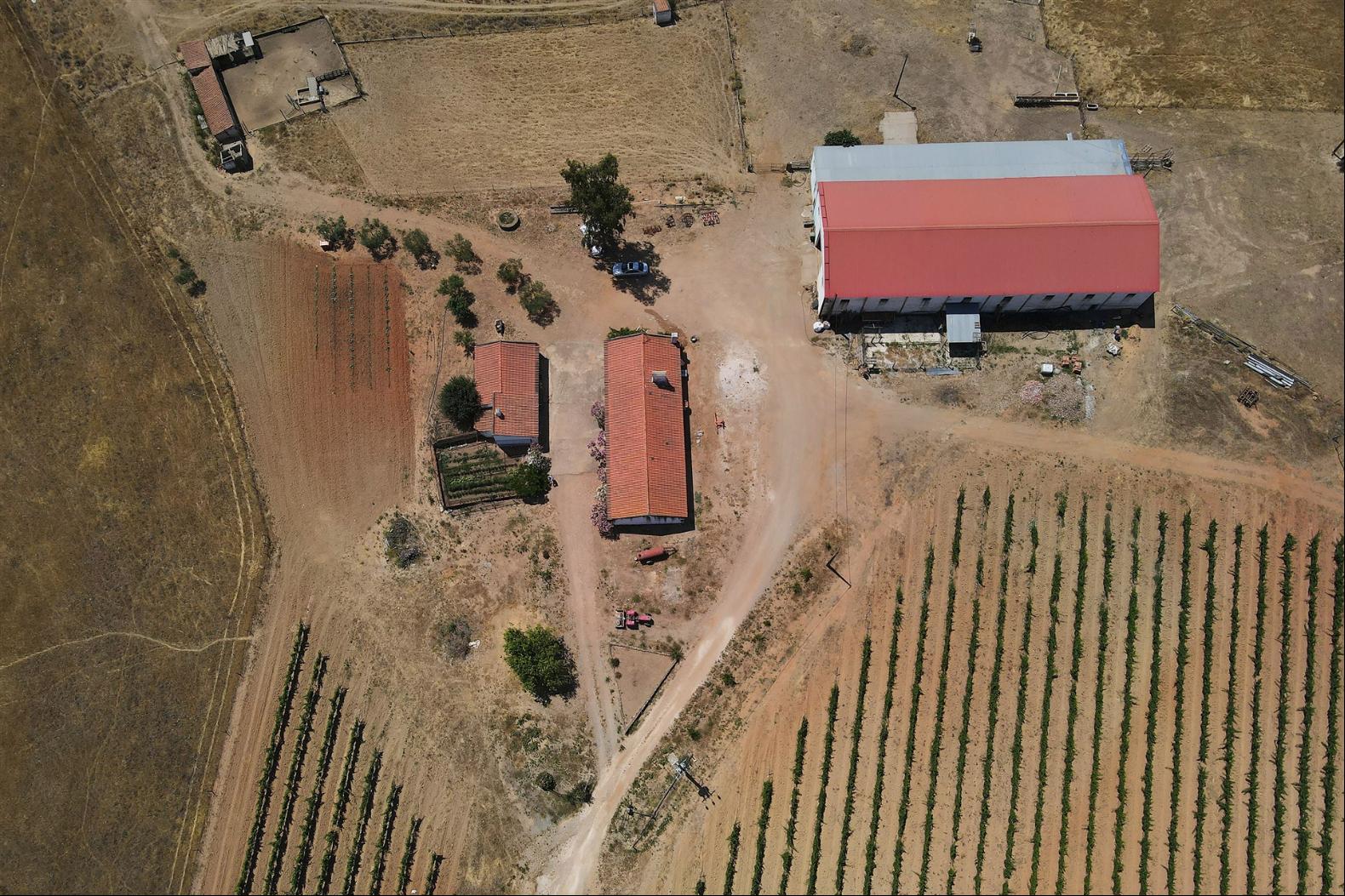
- For Sale
- EUR 2,200,000
- Build Size: 10,561 ft2
- Land Size: 861,112 ft2
Moura is a municipality that belongs to Beja district, in Southern Alentejo. Away from the trade routes of the coast line, what led people to settle in this area was soil quality, ore abundance and available potable water from several rivers and streams, among which the Guadiana stands out. The Alqueva dam, built in the late 20th century, was a very important investment to foster this region's economic development. It not only allowed farmers to irrigate their fields, increasing their crops, but also boosted tourism, as the dam generated the largest artificial lake in Europe. This region is famous for its weather. It is one of the sunniest places in Europe, exceeding 3.300 hours of sun/year. Despite the steady growth of the tertiary sector, farming and livestock are still the most important activities. Local wine, olive oil and deli meats are well renowned and represent the region's finest. Wine growing has been present in this region since ancient times. The Romans introduced amphorae to produce wines, and this tradition has been kept until present times. The traditional grape varieties are moreto preto (red) e a diagalves (white). The property is in the Granja-Amareleja Alentejo sub-region (DOP), only four km away from the great lake, which supplies the water that is needed to irrigate the fields. It has 78 hectares of land, fenced, of which 21 hectares are dedicated to wine growing. There are also some olive trees, sowing land and "montado". It is possible to extend the vineyard for another seven to ten hectares. Ten percent of the vines are over twenty years old.The remainder has been planted from 2014, both red (syrah, tempranillo, merlot, cabernet, sauvignon and alicante bouschet) and white (arinto and antão vaz). There are already two housing blocks in this land plot, in the traditional "monte alentejano" format. The owner has the approval for converting it into an eight room rural tourism project. Finally, there is an 800 sqm warehouse/barn where it is possible to create a winery.



